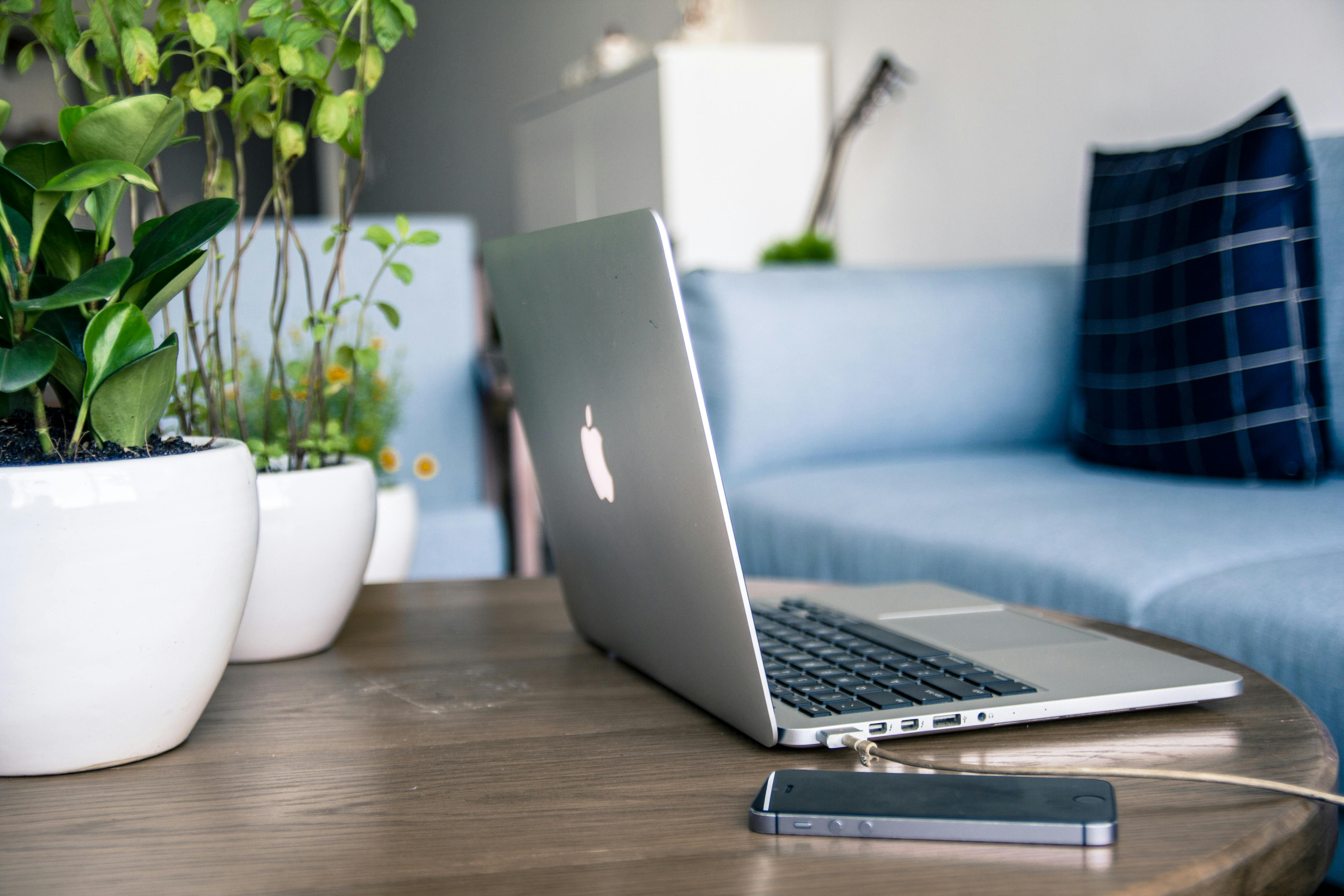Life casting is all about working with a live model. Whether casting hands, feet, face, torso, or the entire body, having a ready and manageable model is an essential asset that a life caster cannot be without.
So unlike clay or plaster modelling, where the lifeless ‘model’ is yours to do as you please, life casting requires you to properly prepare and instruct the model to avoid complications or discomfort later on.
Following are some tips on the same:
Pre-preparation – You are endangering your own interests if you schedule to meet the model for the first time on the casting day of her life. It is advisable to meet a day or two before and discuss the requirements and expectations of her in detail. Gently guide the model through the life cast procedure and clear up any doubts. Discuss the pose and what the model requires to feel comfortable. Instruct male models to shave their facial and body hair to avoid painful tangles later.
Clothing – Inform the model about the type of clothes she should wear for the modeling session. Old, comfortable clothing is always preferable, as it can be thrown away in case of accidental drips. In case a body part that is normally clothed (such as the torso or breasts) is being cast, you should advise the model to avoid wearing tight clothing for at least one hour prior to the life casting session. Otherwise, indentations will likely appear in the final mold.
release agent – While mold-making materials like alginate are completely safe, you still need to apply an appropriate form-release agent to prevent hair tangling. Baby oil or lotion will work well for fine body hair. Eyebrows, eyelashes, and other protruding hairs should be protected with Vaseline or conditioner. This will allow the mold to come off easily without pulling on the hair. It is advisable to cover your head with a bald cap or bath/shower cap, even if you are not going to have a cast on your face. In case the head or pubic area is bare, a hairspray should be applied from the tip of each hair to the root before carefully combing into place. Vaseline or release agent can be easily washed off later.
Comfort – The model must remain in the selected pose for at least 45 minutes to an hour. So make sure he or she feels totally comfortable from the start. Arrange the right props to support the pose, such as leaning on a ladder for a standing pose. Make sure the model is breathing normally at all times to avoid dizziness or nausea. You can allow the model to bring music, snacks or a companion, as long as they do not distract from work. Otherwise, keep the model engaged with small talk while you go about your mold making chores.
In short, prepare and prime the model properly for a comfortable and successful living cast.

